Ranchers Embrace Virtual Fencing for Greener Pastures
Modern Farmer
MARCH 27, 2024
Environmental benefits Regenerative grazing—or closely managing where and for how long animals forage—is a farming practice that can improve soil health and plant diversity. Each new boundary drawn by a rancher moves livestock onto a fresh paddock, allowing grazed pastures time to recover as livestock feed in a new location. “We




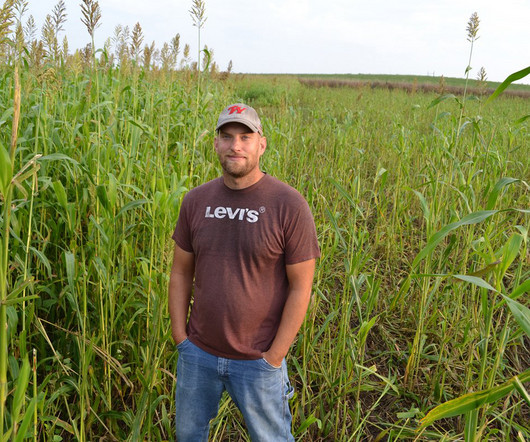

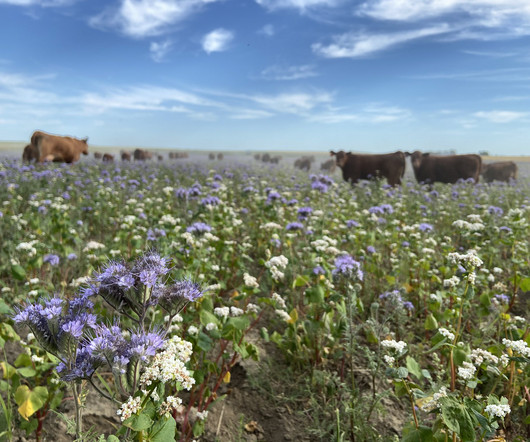



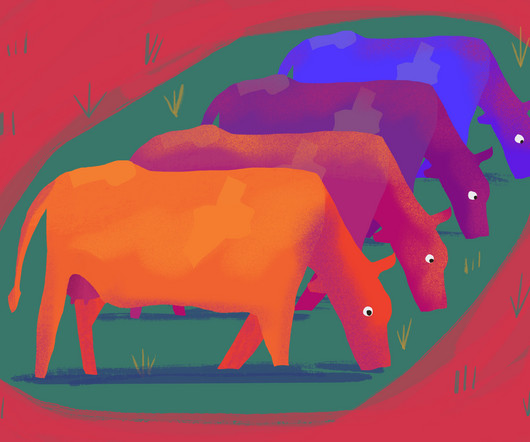

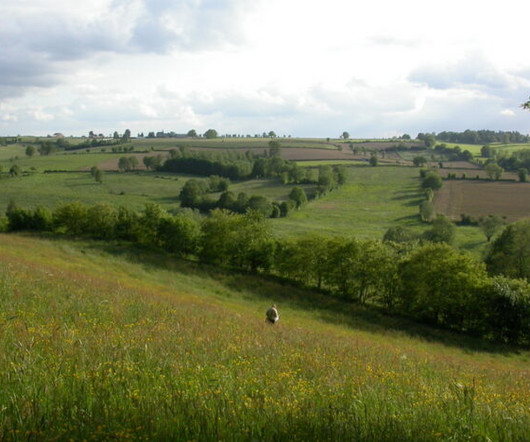



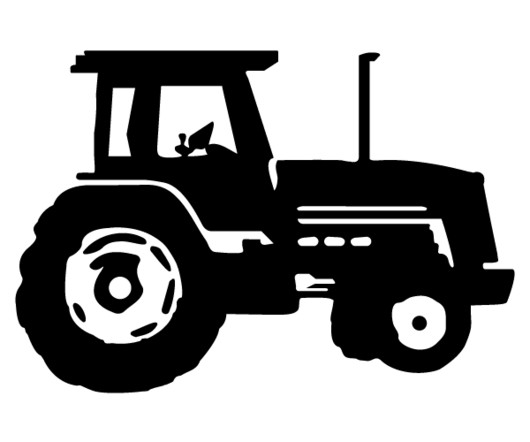
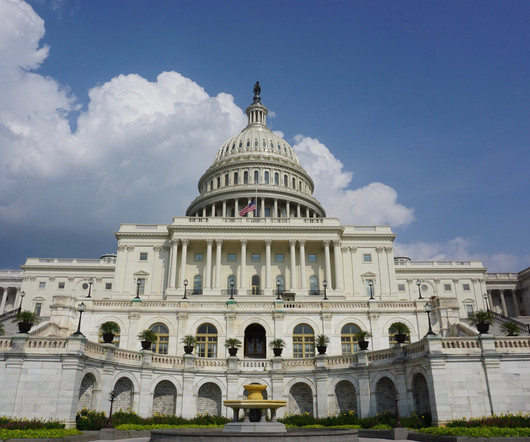
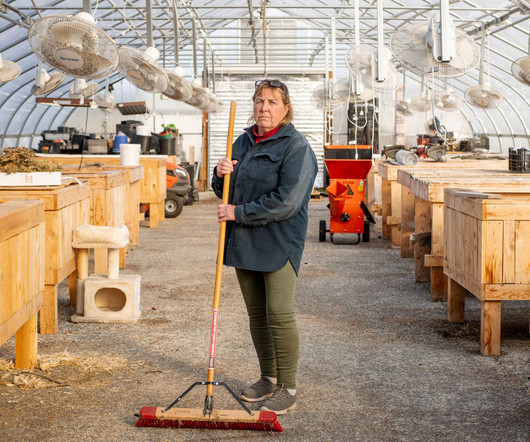
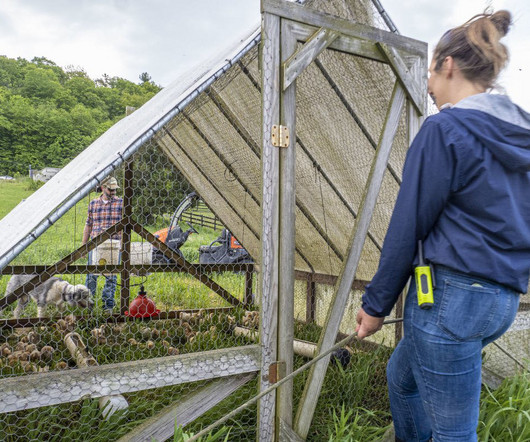







Let's personalize your content